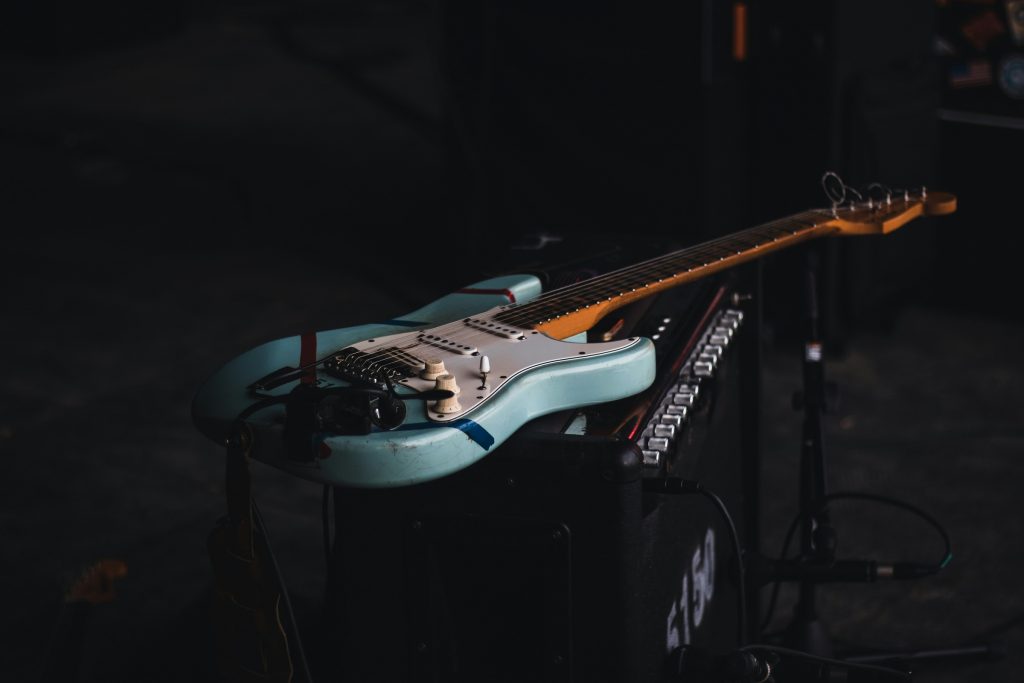Learning to play the guitar is something that many of us dream of doing. We want to be able to strum away and feel fantastic, enjoying the music we love.
Getting to that place, though, usually takes a long time. Most people start playing guitar in their childhoods and spend years perfecting the muscle memory required to master the instrument. It can take thousands of hours from an early age.
However, there might be some shortcuts. Instructors are increasingly unearthing ways that let them teach their students difficult instruments in much briefer time periods. But how, exactly?
That’s what you’re about to find out. This article looks at some guitar shortcuts so you can learn the instrument in less than six months. Understanding these principles means less pain and more progress on your journey to becoming a master. Here’s what you need to know.
Start With A Solid Foundation
The first step is to start with a solid foundation. You want to learn all the basics properly so you can progress rapidly. Don’t try to move on until you’ve got the fundamental elements nailed.
Adopting the proper posture is the first part of the process. You want your body to move naturally in relation to the guitar. This way, it will be more straightforward to play and control as you advance your skills. It shouldn’t feel awkward in your hands.
(This part of the process can take some getting used to, so pick up and hold the guitar every day. Try some basic strumming to feel how the weight distribution changes as you play chords).
Aside from holding the guitar, you also want your fretting technique to be perfect. Getting picking right makes it much simpler to learn the more advanced techniques later on.
Don’t worry if it feels like you’re making no progress. It takes time for the hands and arms to build up muscle memory for improved fretting and strumming.
Focus On Chords
Once you’ve done that (which might take a couple of weeks), you’re ready to learn how to play major chords on guitar. This part of the process is where things start getting interesting.
There are thousands of chord combinations on guitar but learning to string them together takes practice. Most people can manipulate their hands to play a chord, but it takes time for them to learn how to transition between them, particularly for more complex arrangements.
Ideally, you want to build a “muscle memory” of chords you can play whenever the music sheet requires it. That means you need to get comfortable making random transitions between them.
Don’t just play the same chord progressions, even if they sound good. Mix things up a bit to make sure you stay on your toes. You should be able to react to chord instructions almost immediately, regardless of what you’re playing now.
When practicing chords, get the basics and then add small changes that modify them. For example, instead of playing Em, play Em7 or instead of D, play Dsus4. Adding these will make you feel more confident when you move on to playing real pieces of music.
Practice Makes Progress
Whenever you want to learn something fast, it’s important to absorb yourself in the discipline. You want to ensure you hammer away at it as much as possible to build the new connections in your brain you need to succeed.
The easiest way to do this is to fall in love with the activity. The more you play guitar, the more you’re able to shift your technique in the right direction.
Always get supervision during this process. Make sure you have a trained guitar instructor on hand who can point out where you’re going wrong. You don’t want to compound bad habits and wind up with improper technique.
When practicing, focus on short, sharp sessions throughout the day. You will make more progress when you train in intervals instead of practicing in long sessions that last for hours.
Keep going back to it day after day, using tried and tested techniques that work. Always check in on yourself to make sure you are sticking with your solid foundation. Even if you are moving on to more complicated pieces, stick with the basics.
Find Your Learning Style
Another critical part of the process is to discover your learning style. You want to find which methods afford you the most success and progress.
The best way to do this is to try various approaches. For example, you might find that you get the most progress using music books and working your way through them, attempting progressively more challenging pieces.
You might also try online lessons. These can be handy if you don’t like people coming to your home or you want to reduce costs by sharing an instructor’s time with other students.
If you find a teacher that helps you progress, stick with them. Get them to guide you through each stage of progression.
Start Playing Songs
Don’t wait too long to start playing songs. After all, you want some rewards for your efforts.
You’ll find that as you start playing songs, the enjoyment you get from practicing will increase. Over time, you will discover you can take on more challenging pieces. This helps to keep things feeling fun and fresh.
When practicing, record yourself. Listen to your music and get a sense of your style.
You may find that when you first start playing, your style lacks emotion. Usually, this happens because you are trying to get everything perfect.
Don’t take that approach. Instead, try to be more free-flowing. Let the music emanate from your guitar instead of trying to force it.
Remember, the metronome is your friend. It can help you stay on time and prevent you from getting out of rhythm just because you’re trying to find the right note.
If you are having trouble with a section, go back and repeat the same couple of bars over and over. Keep going until you learn the movement.

